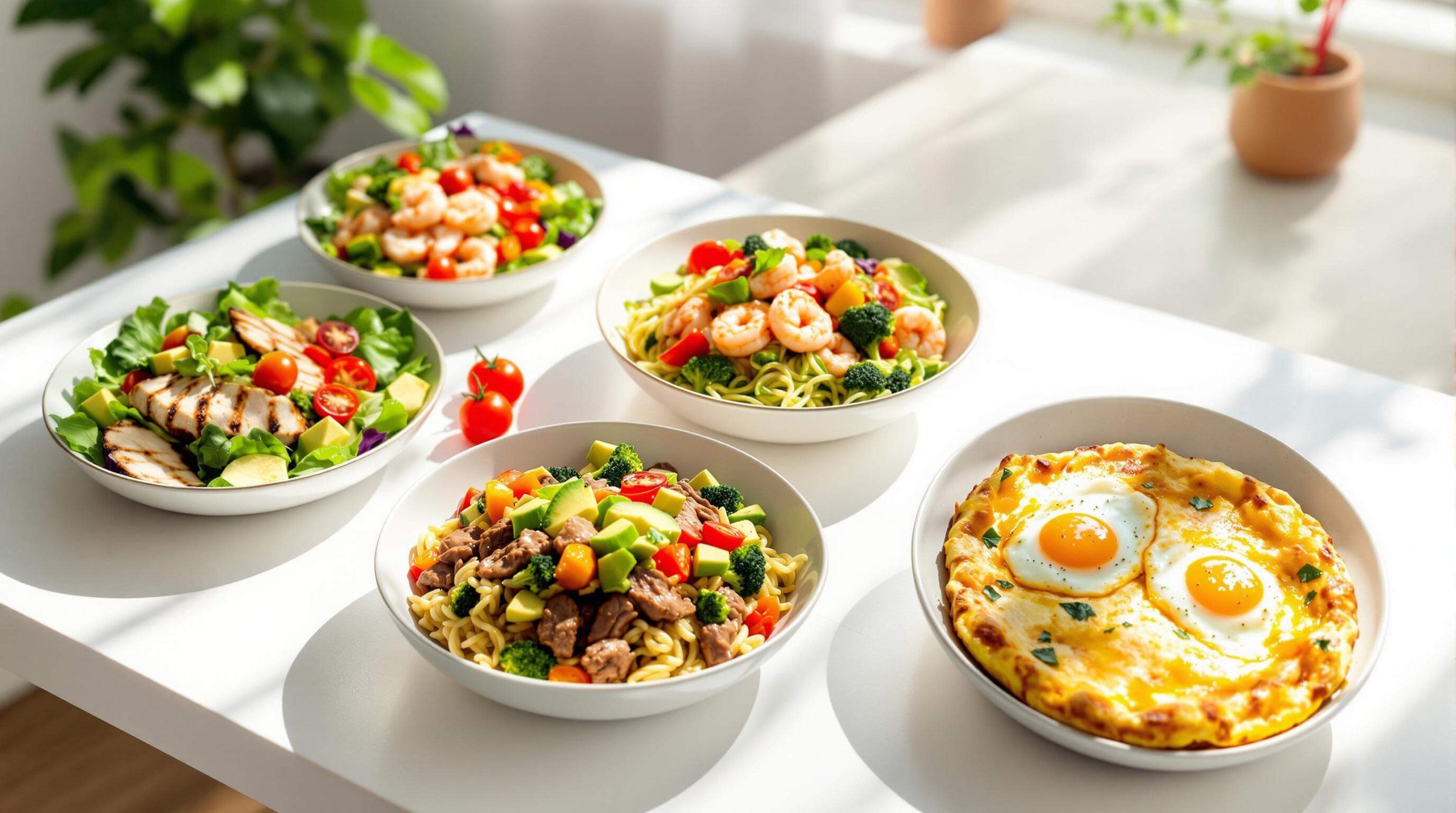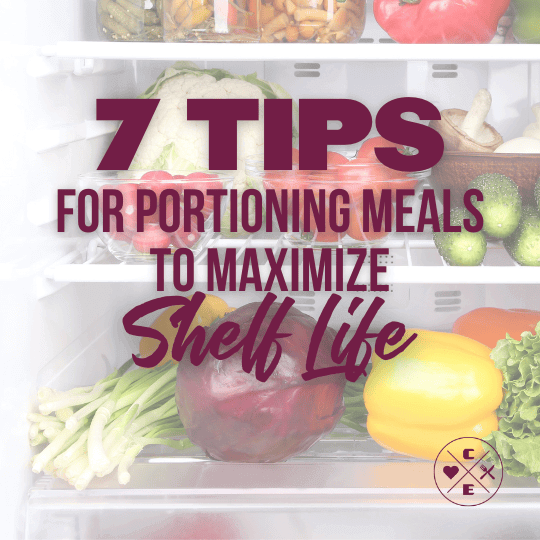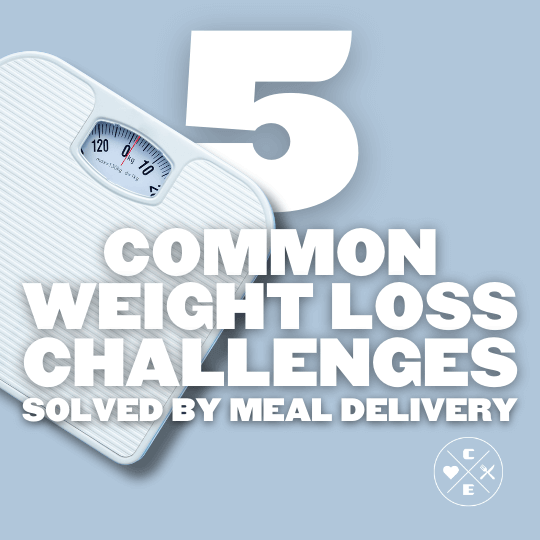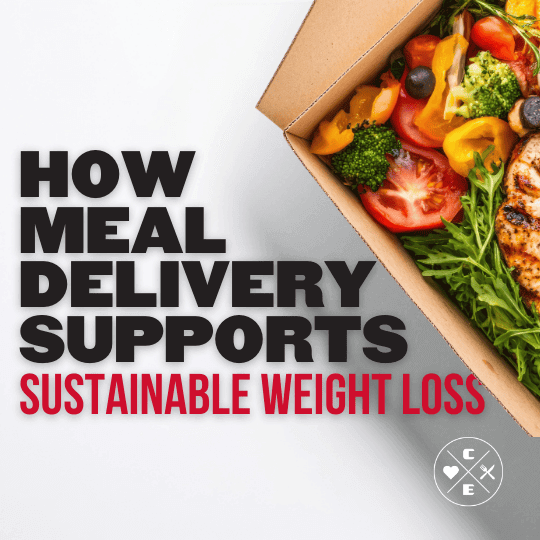
5 Low-Carb Meals for High-Intensity Training
Jason Nista
Nutrition
|
Healthy Recipes
|
Weight Loss
|
Healthy Lifestyle
7 minute read
Table of Contents
Low-carb diets and high-intensity training can work together - if you plan your meals right. Here’s how to fuel your workouts without relying on heavy carbs:
- Grilled Chicken & Roasted Vegetables: Protein-packed with essential nutrients for recovery.
- Salmon & Avocado Salad: Rich in omega-3s and healthy fats for sustained energy.
- Beef & Broccoli Stir-Fry: High protein, low-carb, and quick to prepare.
- Greek Yogurt Parfait: A simple pre/post-workout snack with protein, berries, and nuts.
- Egg & Vegetable Frittata: Versatile, nutrient-dense, and easy to customize.
Each meal balances protein, healthy fats, and nutrients to support energy, recovery, and performance. Adjust portions based on your workout intensity, and consider adding carbs on high-intensity days for optimal results.
Jump into the details to find recipes and tips tailored to your training needs.
How Do Very Low-Carb Diets + HIIT Training Impact Weight Loss?
1. Grilled Chicken and Roasted Vegetables
This meal is a go-to for anyone looking to fuel their workouts and speed up recovery. It offers a solid mix of protein, healthy fats, and nutrients that help with both performance and muscle repair [1][2].
Grilled chicken breast is packed with protein, which is key for repairing muscles after tough training sessions. On the side, roasted vegetables like broccoli and carrots provide important nutrients that keep your energy levels steady and aid recovery [1]. You can also add healthy fats, like avocado, to help maintain hormone balance.
Need to tweak it? Adjust the portions to match your activity level. Add more veggies for extra nutrients during intense workouts, or include healthy fats if you're gearing up for a longer session [4][2]. This meal works well after a workout to help your body recover or before training to give you lasting energy.
If you're short on time, services like Clean Eatz Kitchen offer pre-portioned, low-carb meals designed for athletes.
Looking for something different? The next meal brings a fresh mix of protein and healthy fats to the table.
2. Salmon and Avocado Salad
Salmon and avocado salad is a power-packed, low-carb option that's great for fueling high-intensity workouts. Salmon delivers more than 20 grams of protein per serving and is rich in omega-3 fatty acids, which help reduce inflammation and support recovery [1][4]. Meanwhile, avocado, spinach, and tomatoes provide healthy fats, fiber, and key nutrients to keep your energy levels steady.
This salad strikes a good balance with protein, healthy fats, and minimal carbs - perfect for both energy and recovery [1]. Plus, it’s quick to make! In under 20 minutes, you can toss together spinach, tomatoes, cucumber, red onion, salmon, and avocado. Add a lemon vinaigrette for a light, flavorful finish without extra carbs.
For a convenient option, Clean Eatz Kitchen offers pre-portioned versions of this dish [1].
Looking for something warm and hearty? Check out the next meal - a protein-rich stir-fry designed to boost recovery.
sbb-itb-1989a25
3. Beef and Broccoli Stir-Fry
This quick and satisfying stir-fry is a great way to recharge after a tough workout. Each serving delivers 271 calories, 21g of protein, 7g of carbs, and 18g of fats, giving your body the nutrients it needs for energy and muscle recovery [1]. The lean beef provides B vitamins and iron for energy, while broccoli adds fiber and vitamin C to help keep your immune system strong.
It takes just 15-20 minutes to make. Thinly sliced flank steak is cooked with fresh broccoli, garlic, and ginger. The sauce - made from coconut aminos or gluten-free soy sauce mixed with sesame oil - adds a savory, low-carb twist [1]. You can tweak this recipe by including bell peppers or mushrooms for extra flavor, serving it over cauliflower rice to cut carbs, or switching the beef for tofu for a vegetarian spin.
This dish stores well, too. Keep it in the fridge for up to four days or freeze it for three months. If you're looking for another light, protein-packed option, check out the Greek yogurt parfait in the next section.
4. Greek Yogurt Parfait with Berries and Nuts
Athletes aiming for a low-carb, nutrient-packed meal to fuel high-intensity training will find the Greek yogurt parfait an excellent choice. It delivers a great mix of protein for muscle recovery, moderate carbs for quick energy, and healthy fats for lasting stamina.
The base of this meal is protein-packed Greek yogurt. Add a small portion of berries, rich in antioxidants, and a handful of nuts, and you’ve got a combination that supports both energy and recovery. Plus, it’s a simple way to keep carbs under control while staying fueled [2].
This meal is easy to tweak. Want fewer carbs? Reduce the berries and add more nuts. Need extra protein? Add more Greek yogurt or even mix in protein powder. It takes less than five minutes to prepare and works perfectly as a pre- or post-workout snack.
To get the most out of this parfait, use plain, unsweetened Greek yogurt and fresh berries to avoid added sugars. Almonds, walnuts, or a mix of both bring in healthy fats and extra protein. Adjust portions based on your energy needs, making it a flexible option for athletes sticking to a low-carb plan while training hard [2].
For variety, consider rotating this parfait with a hearty egg and vegetable frittata - another quick, protein-rich meal to keep your weekly menu exciting.
5. Egg and Vegetable Frittata
An egg and vegetable frittata is a quick, protein-packed meal that works well for athletes following a low-carb diet. It’s simple to prepare and provides key nutrients without loading up on carbs.
Eggs are rich in amino acids, which are essential for muscle repair. Adding vegetables like spinach and peppers boosts the dish with antioxidants and vitamins that support recovery [1]. You can easily tweak this recipe to match your training needs:
| Component | Role in Nutrition | Suggested Ingredients |
|---|---|---|
| Protein | Supports muscle repair | 6-8 whole eggs |
| Vegetables | Provides micronutrients | Spinach, peppers, onions |
| Healthy Fats | Sustains energy levels | Olive oil, avocado |
| Optional Carbs | Fuels intense workouts | Sweet potato, whole grain toast |
While low-carb diets might be appealing, experts emphasize that carbohydrates are essential for fueling muscles. Without enough carbs, performance during high-intensity activities could suffer [2]. To balance this, you can pair your frittata with a side of sweet potatoes or whole-grain toast to meet energy demands.
For those short on time, Clean Eatz Kitchen offers pre-made meal options that can complement a frittata-based diet [1].
Conclusion
The five meals shared in this guide can provide a starting point for athletes aiming to explore lower-carb meal options without compromising their training efforts. To make these meals work for your specific needs, adjust them based on your training schedule and intensity.
| Training Phase & Carb Level | Meal Adjustment |
|---|---|
| High-Intensity Days (50-70% carbs) | Include more complex carbs in meals |
| Recovery Days (moderate carbs) | Stick to standard recipe portions |
| Rest Days (lower carbs) | Use the base recipes as outlined |
This framework allows you to tweak the meals to align with your training requirements. As coach Björn Geesmann explains:
"On the plus side there are important physiological and hormonal adjustments with effects such as reduced carbohydrate consumption and, as a result, an optimized fat metabolism."
Keep in mind that adapting to a fat-based energy system can take up to eight weeks and may temporarily affect performance levels [1].
To get the best results:
- Monitor your energy levels and performance during workouts
- Modify meals to suit the intensity of your training
- Consult a sports nutritionist for a personalized approach
- Explore options like Clean Eatz Kitchen for easy, portion-controlled meals that align with your goals
The key is finding a balance that supports both your performance and recovery while meeting your unique training needs [1][3].
Related Articles
7 Tips for Portioning Meals to Maximize Shelf Life
12 minute read
5 Common Weight Loss Challenges Solved by Meal Delivery
9 minute read
How Meal Delivery Supports Sustainable Weight Loss
7 minute read



